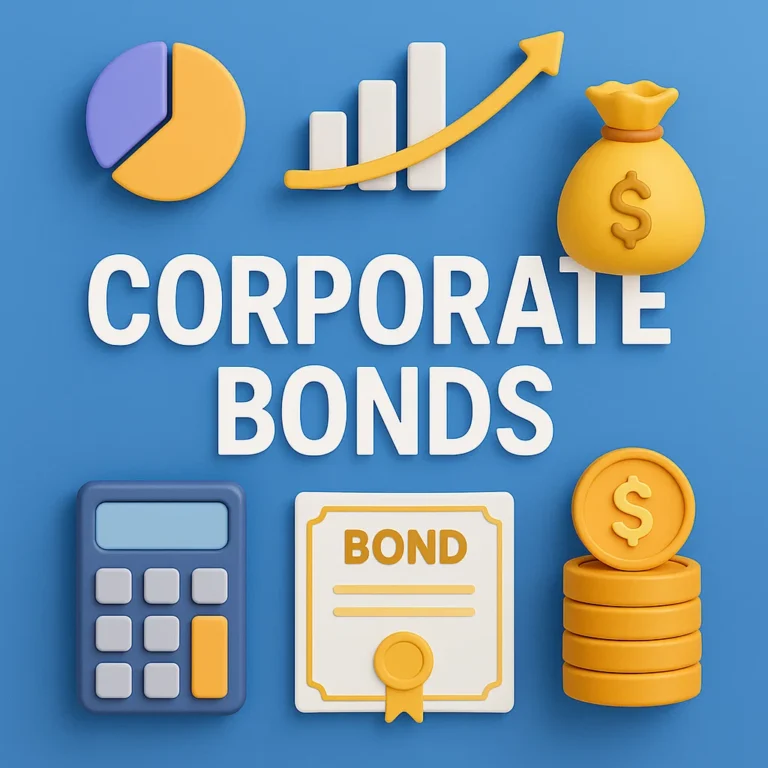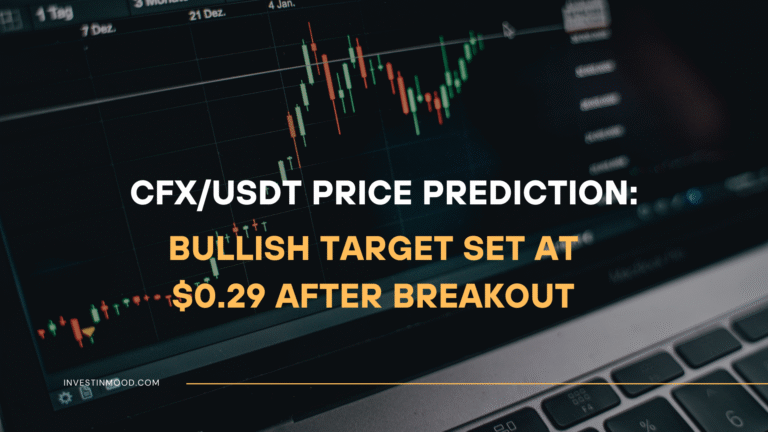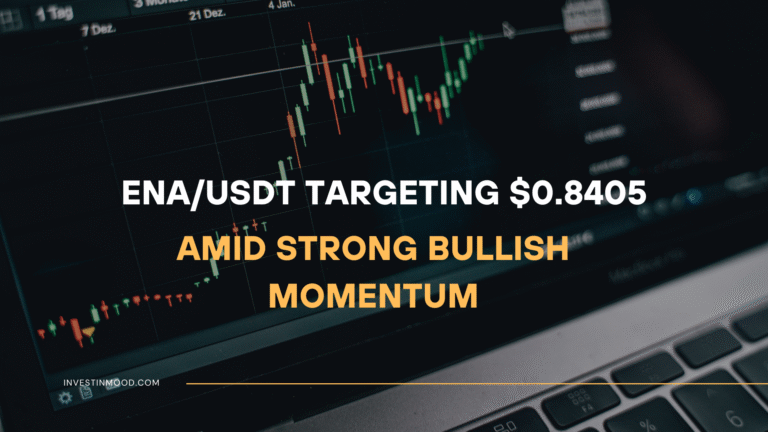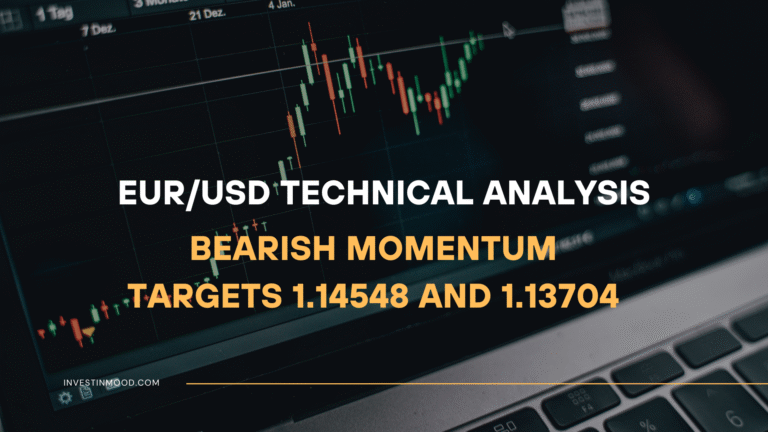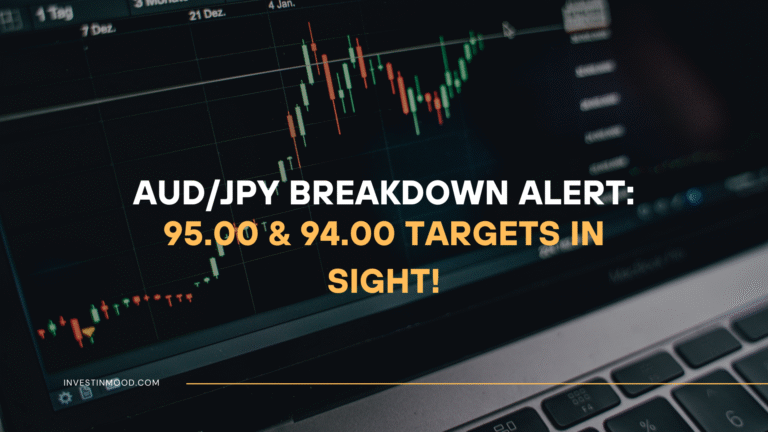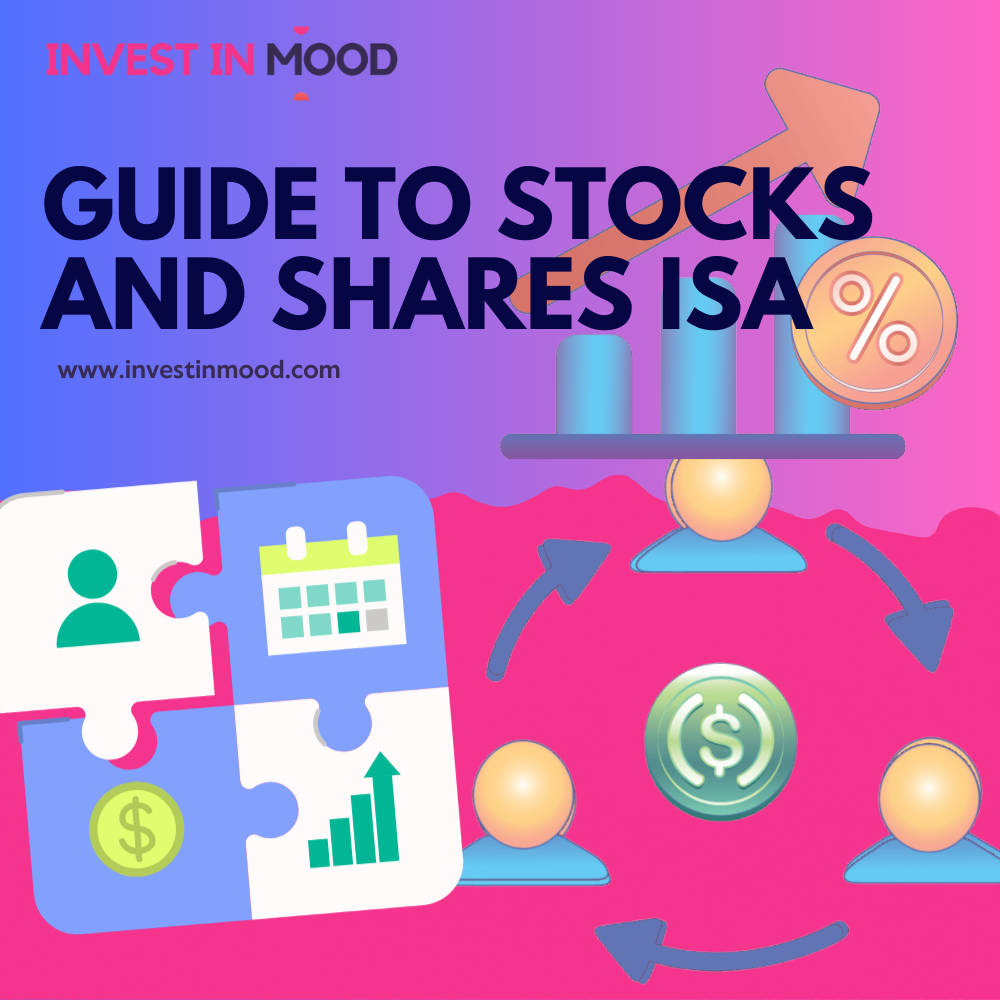
A Stocks and Shares ISA (Individual Savings Account) is one of the most tax optimized ways to allocate in the stock market, which can be a great way to raise your fortune. Everything you need to know about ISAs will be covered in this extensive guide, including its definition, operation, advantages, risks, and how to maximize them.
KEY TAKEAWAYS
What is a Stocks and Shares ISA
You can capitalize in stocks, bonds, mutual resources, and Exchange Traded Funds (ETFs) through an ISA, a tax advantaged asset allocation record. It is a desirable choice for UK investors because, in contrast to other asset allocation accounts, any returns you acquire whether in the form of interest, dividends, or capital gains are all relieved from capital gains and revenue tax.
Key Features
- Tax Advantages: No taxes on earnings from your investments or capital gains tax on any profits made inside the ISA.
- Investment Options: Individual stocks, bonds, securities resources, and Exchange Traded Funds (ETFs) are just a few of the many assets you can buy.
- Annual Limit: The ISA allowance limit is £ 20,000 for the 2023–2024 tax year. It is the maximum amount you can donate each year.
- No Inheritance Tax: Your ISA’s value is usually exempt from inheritance tax, which makes it a useful way to transfer assets.
How Does a Stocks and Shares ISA Work
The way an ISA operates is by letting you assign in many assets while protecting your tax returns. The process works as follows:
Form A Ledger: many providers, including banks, securities platforms, and specialized brokers, enable you to make an ISA for stocks and shares. You can handle your ledger online with the majority of providers.
Select Your Investments: After setting up your ledger, you can select the investments that best fit your time horizon, securities goals, and risk tolerance. Your preference will determine whether you choose to put money in individual stocks, bonds, mutual assets, or Exchange Traded Funds (ETFs).
Make Contributions: You can fund your Stocks and Shares ISA with up to the annual allowance, which is £ 20,000 in 2023–2024. The cap is applied to the total amount of contributions you make to all of your ISAs during a precise tax year. Contributions may be made gradually in minor amounts or all at once.
Tax Free Growth: All of your asset allocation returns, including capital gains, interest, and dividends, will be tax free. This keeps taxes from decreasing your investments as they grow.
Withdrawals: You can withdraw your wealth from an ISA at any time without losing the tax benefits on the returns you have earned. You will not get your ISA allowance for that year if you withdraw capital. For example, if you provide £10,000 and then withdraw £5,000, you will still have only £10,000 remaining to provide for the tax year.
Benefits of a Stocks and Shares ISA
1. Tax Efficiency
The tax advantages are the primary attraction of a Stocks and Shares ISA. Dividends and other profits, including capital gains, are tax free within the ISA. Dividend salary may be subject to up to 39.35% tax in the UK, while capital gains tax is normally charged at rates of 10% or 20%, depending on your earnings. You can dodge all of this by using an ISA.
2. Wide Range of Investment Options
ISAs offer many securities options as you can form a diversified portfolio that meets your budgetary goals. You may set wealth into:
- Individual Stocks: Shares that grant ownership of businesses.
- Bonds: Government or corporate deficit securities.
- Exchange Traded Funds (ETFs): These monies offer immediate diversification by tracking a price index.
- Investment money: these can be passive or actively managed and combine investor capital to acquire many assets.
- Commodities and Other Assets: While financing in commodities such as gold is rare, some platforms do let it.
3. Flexibility and Control
Unlike pensions, which have strict withdrawal restrictions, a Stocks and Shares ISA gives flexibility. You can withdraw capital at any time and acquire your asset allocation returns without penalty. Furthermore, you have regulated over how and where your funds are invested, making it an excellent choice for DIY investors.
4. No Inheritance Tax
When you pass away, the value of your ISA is generally exempt from inheritance tax, which is typically charged at 40% on estates exceeding £325,000. This can be a meaningful advantage for investors who desire to pass down their assets.
5. Easy to Utilize
These accounts are effortless to control when using modern online asset allocation platforms. Many platforms provide user friendly dashboards, educational resources, and automated portfolio administration, making them accessible even to beginners.
Risks of a Stocks and Shares ISA
While this journal provides a lot of benefits, they also carry risks, which are primarily related to the nature of stock market capitalization. Here are some major risks to consider:
1. Securities Risk
The value of your investments can fluctuate, resulting in potential losses, particularly if the market performs poorly. If you make high risk investments or do not diversify your portfolio, you are more likely to lose wealth.
2. Cost Rise Risk
There appears always a chance that cost rise will surpass the returns on your investments, even though stocks and share ISAs have the potential to beat price hike over time. This will lower the actual value of your retirement fund.
3. Timing Risk
There exists a risk of funding in the market just before a market downturn if you make a vast one-time asset allocation. On the other hand, if you assign too cautiously, you might lose out on the chance to generate bigger returns.
4. Fees and Charges
The majority of ISAs impose fees, which may have platform fees for the broker or direction fees for securities money. These outgoings can cut your returns, especially over time, so it is critical to carefully evaluate the provider’s fee schedule.
How to Choose the Right ISA
The observing elements should be taken into journal when choosing an ISA:
1. Investment Platform
With their simple, easy to use interfaces, some platforms target novice investors, while others provide more sophisticated features for seasoned investors. You must choose one with a solid monitor record of customer service, low fees, and a good selection of securities options.
2. Costs and Fees
Examine the price structure of any platform you are thinking about carefully. Keep an eye out for:
- Annual Ledger Fees.
- Fund Supervision Fees
- Trading Fees
3. Investment Options
Make sure the platform has the asset allocation products you want, like mutual resources, stocks, or Exchange Traded Funds (ETFs). There are more options available on some platforms than others.
4. Ease of Use
Your securities options should be clearly explained on an intuitive and user friendly platform. Also, seek for features that can make your encounter easier, like automated financing resources or mobile apps.
5. Risk Management Tools
Certain platforms provide risk control equipment, like risk assessments, portfolio diversification, and even pre-made portfolios that are tailored to your risk tolerance.
Conclusion
An ISA is a beneficial way to boost your fortune and cut your tax liability. It is the superior choice for long term investors who want to make their wealth work harder because it facilitates you to distribute in many assets with the advantage of tax free returns.
It is crucial for you to select a platform that suits your asset allocation goals and risk tolerance. A Stocks and Shares ISA can be an important part of creating a safe economic future if done correctly.

